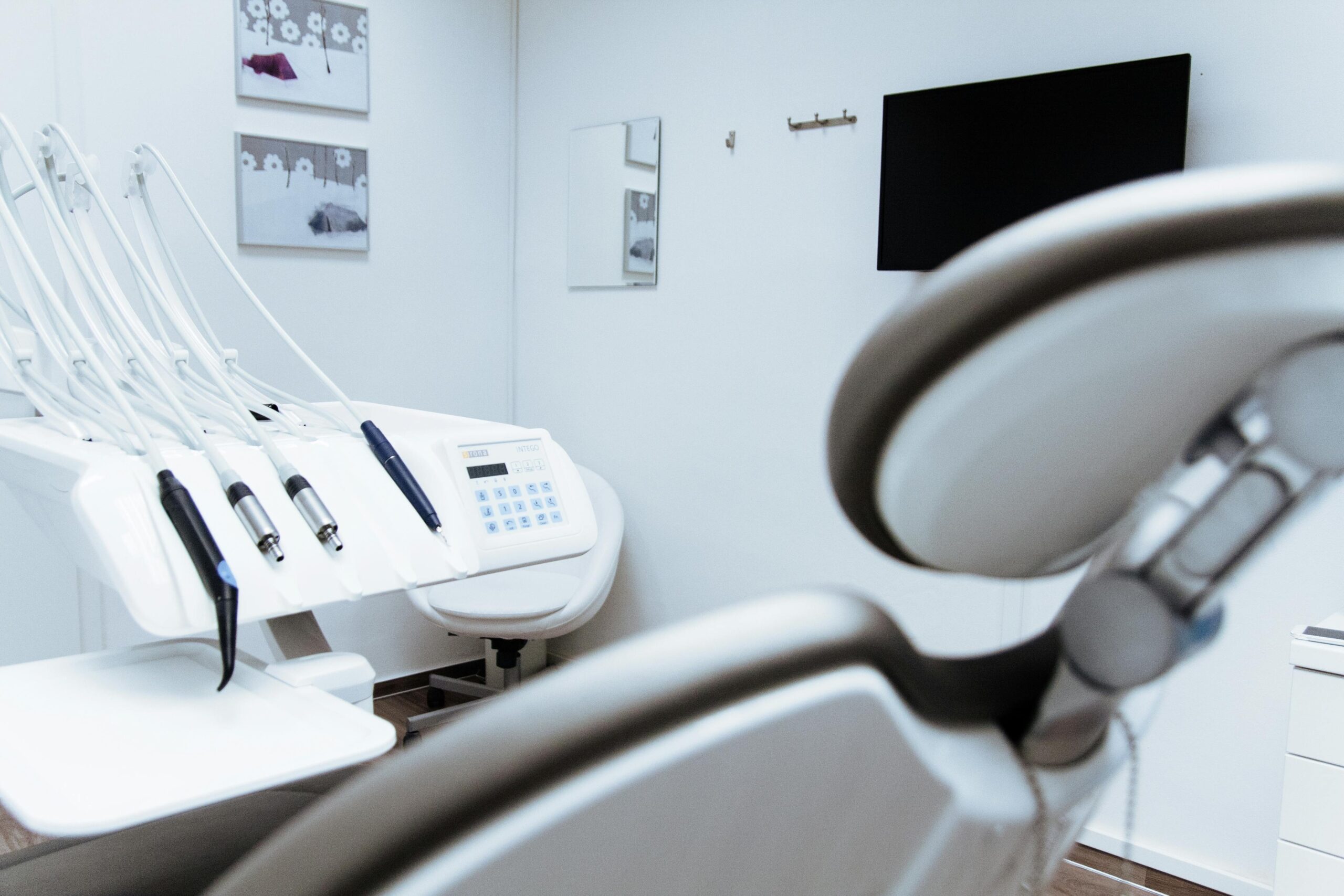Understanding the average cost of healthcare per person in the United States is essential for individuals, policymakers, and healthcare providers alike. This figure provides insights into healthcare spending trends, affordability challenges, and the economic impact of healthcare expenses on households and the broader economy. Here’s an in-depth exploration of the average cost of healthcare per person in the United States.
Annual Healthcare Expenditure
In recent years, healthcare spending in the United States has been substantial, reflecting both the complexity of the healthcare system and the high cost of medical services and treatments. On average, healthcare spending per person in the U.S. was approximately $11,500 in 2019, according to data from the Centers for Medicare & Medicaid Services (CMS). This figure encompasses spending on hospital services, physician and clinical services, prescription drugs, and other healthcare-related expenses.
Breakdown of Healthcare Costs
The breakdown of healthcare costs varies depending on factors such as age, health status, insurance coverage, and utilization of healthcare services. For example:
- Hospital Services: Hospital care represents a significant portion of healthcare spending due to the high cost of inpatient and outpatient services, surgeries, and emergency care.
- Physician Services: Visits to healthcare providers, specialist consultations, and diagnostic tests contribute to expenditures on physician services.
- Prescription Drugs: The cost of prescription medications, including branded and generic drugs, has risen steadily, impacting overall healthcare expenditures.
- Insurance Premiums: Premiums for health insurance coverage, whether through employer-sponsored plans, private insurers, or government programs like Medicare and Medicaid, also factor into total healthcare costs.
Impact of Healthcare Costs
High healthcare costs can place financial strain on individuals and families, particularly those without adequate insurance coverage or facing out-of-pocket expenses. Rising healthcare expenditures also impact government budgets and healthcare providers, influencing policy decisions related to healthcare reform, insurance coverage, and healthcare delivery models.
Regional Variations and Trends
Healthcare costs vary regionally within the United States due to differences in healthcare infrastructure, provider reimbursement rates, cost of living, and population demographics. Understanding these regional variations is crucial for policymakers and healthcare organizations seeking to address disparities in access to affordable healthcare services.
Conclusion
The average cost of healthcare per person in the United States provides a comprehensive overview of healthcare spending patterns and the financial implications for individuals and society. As healthcare costs continue to evolve, stakeholders must collaborate to promote affordability, improve healthcare outcomes, and ensure equitable access to quality healthcare services across diverse populations.

